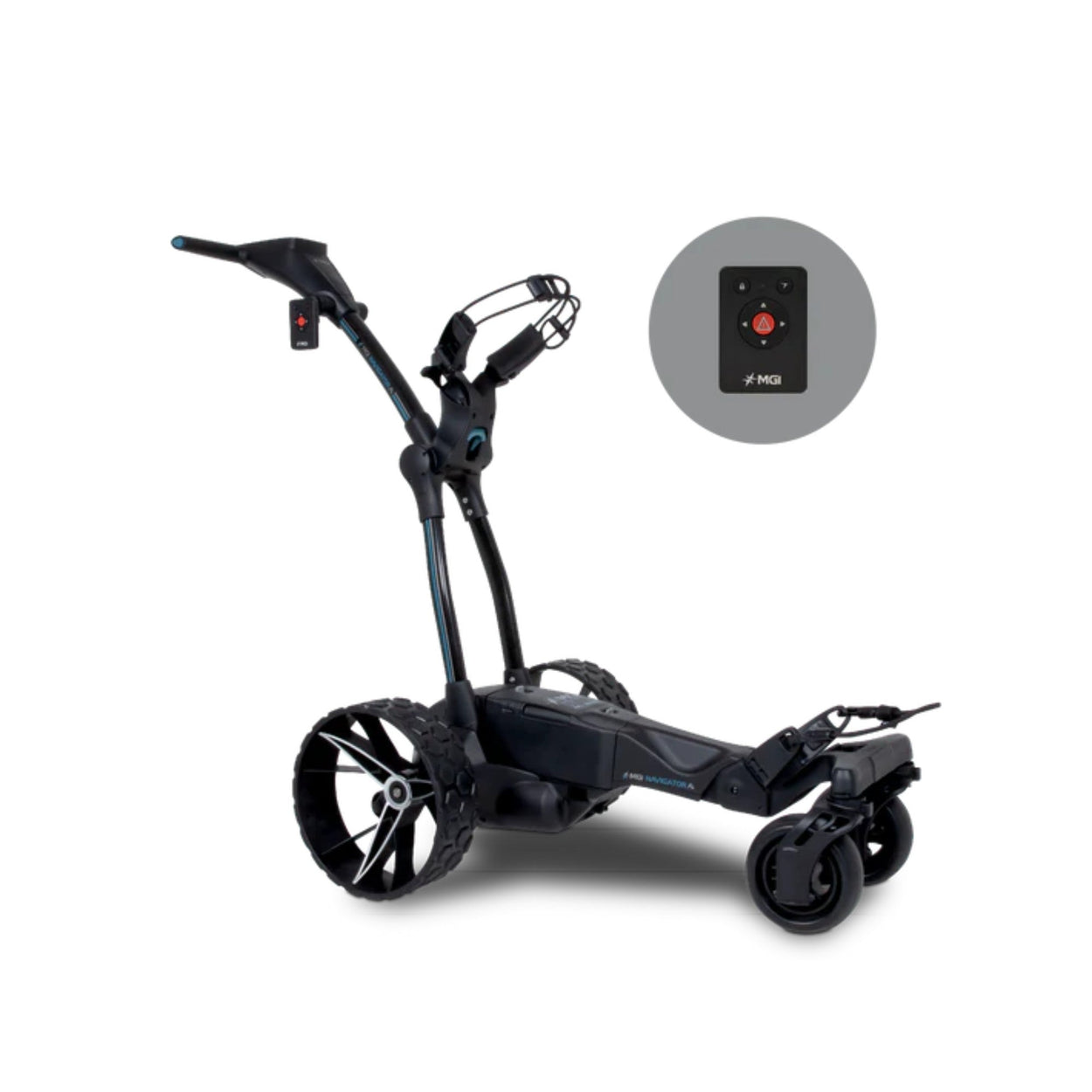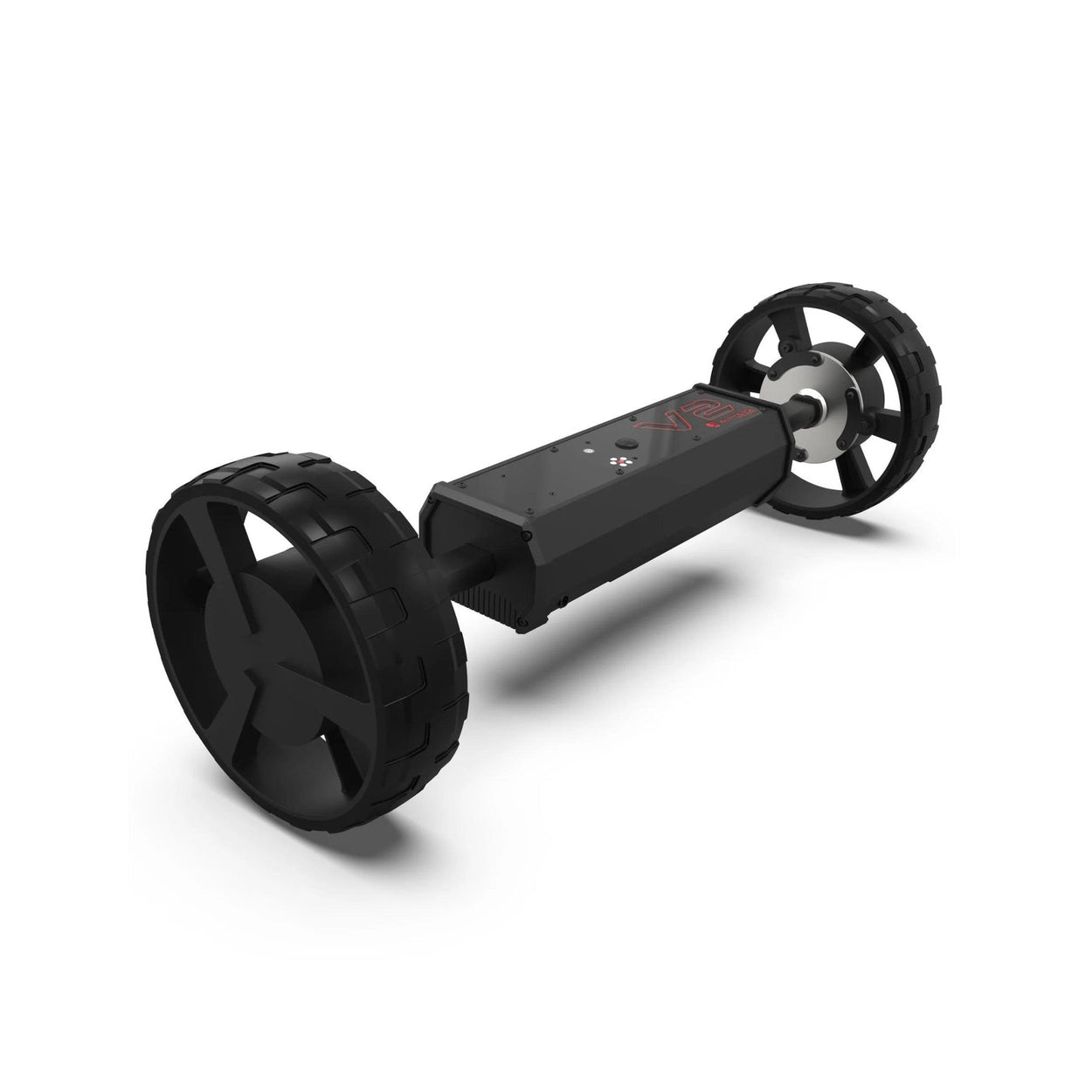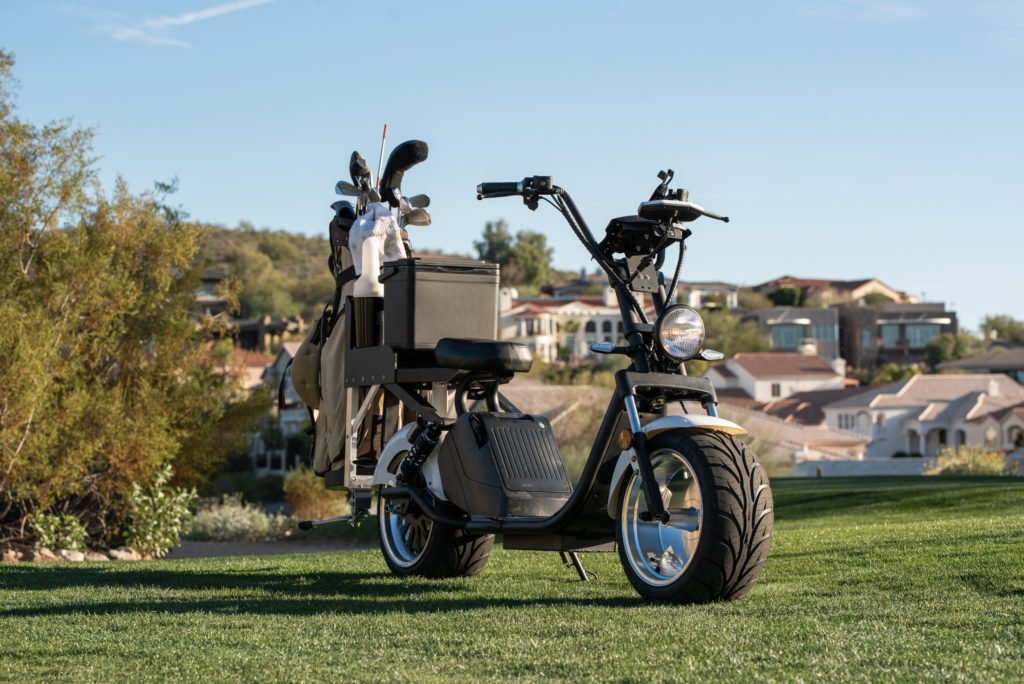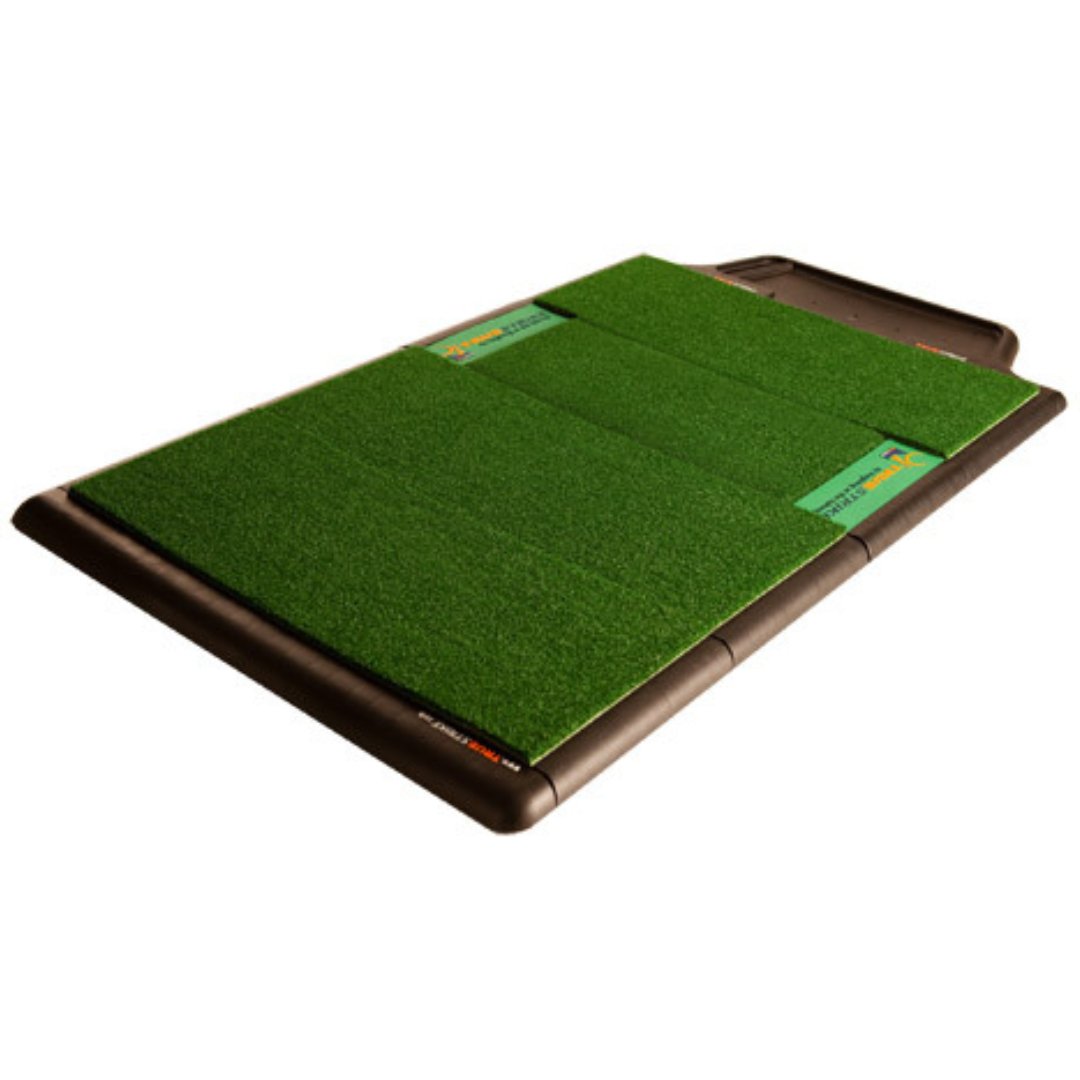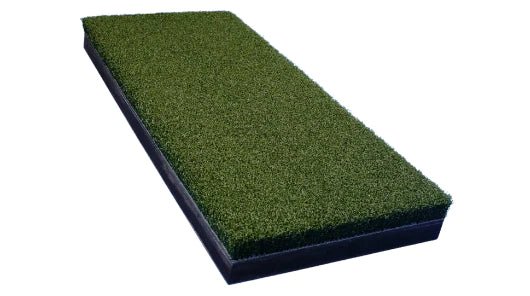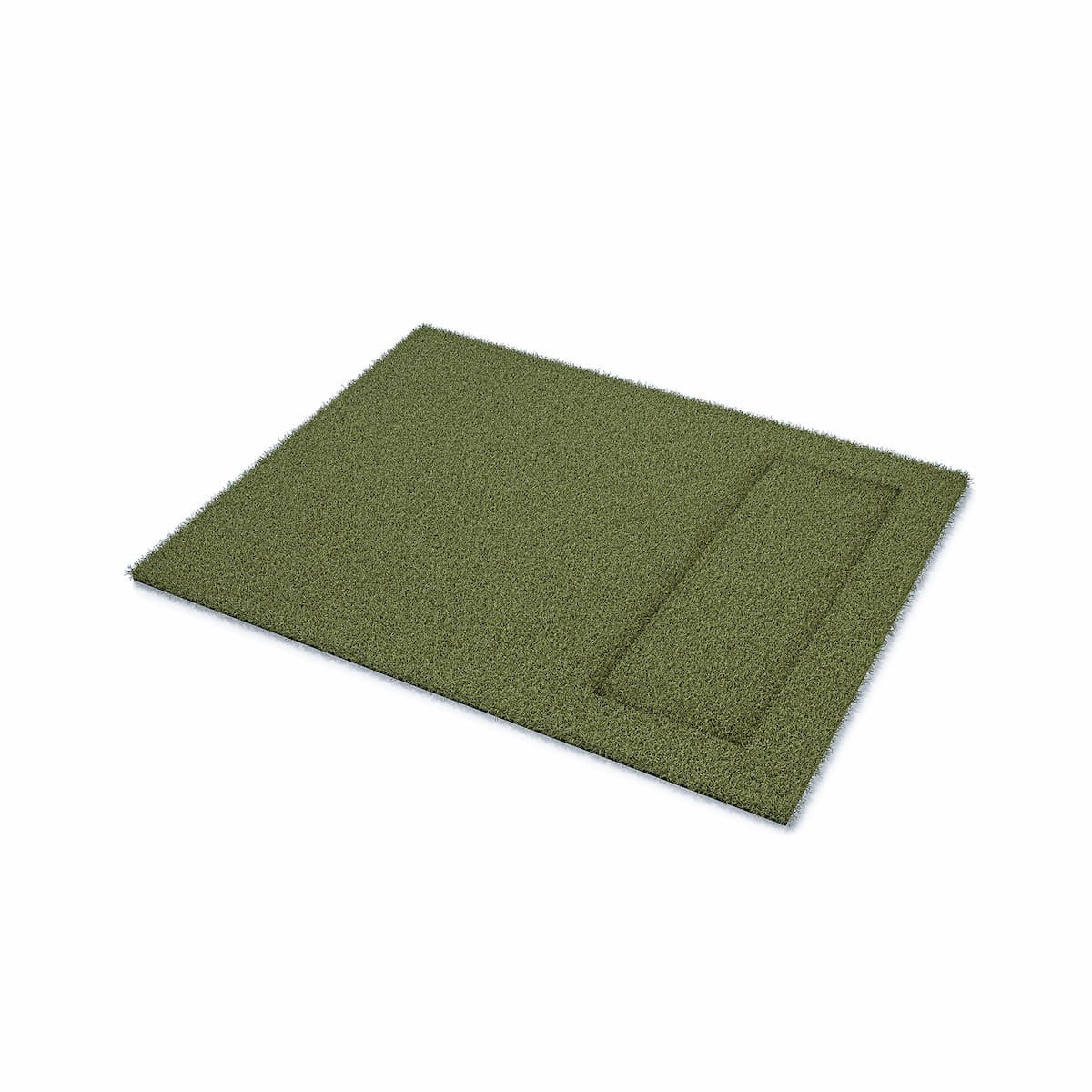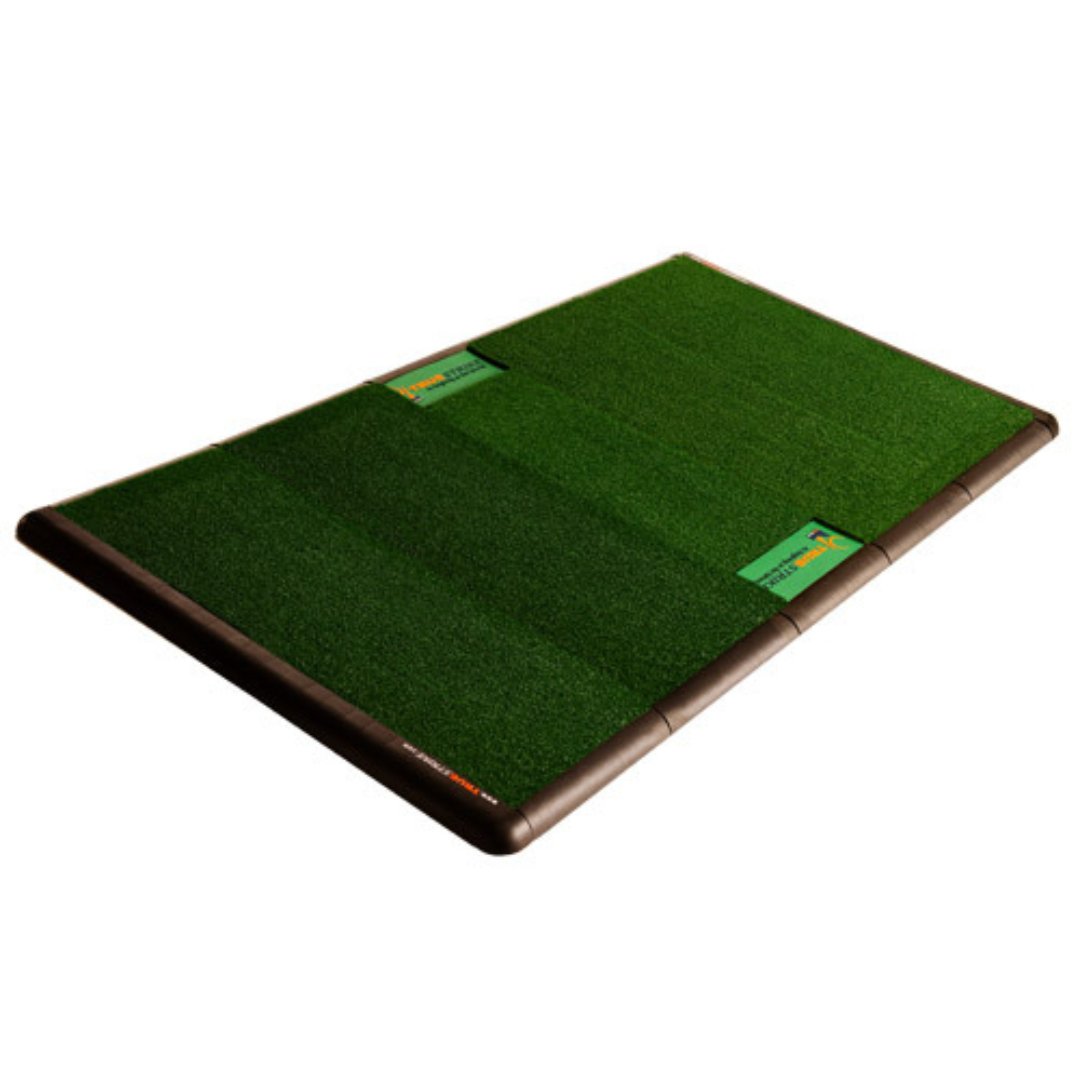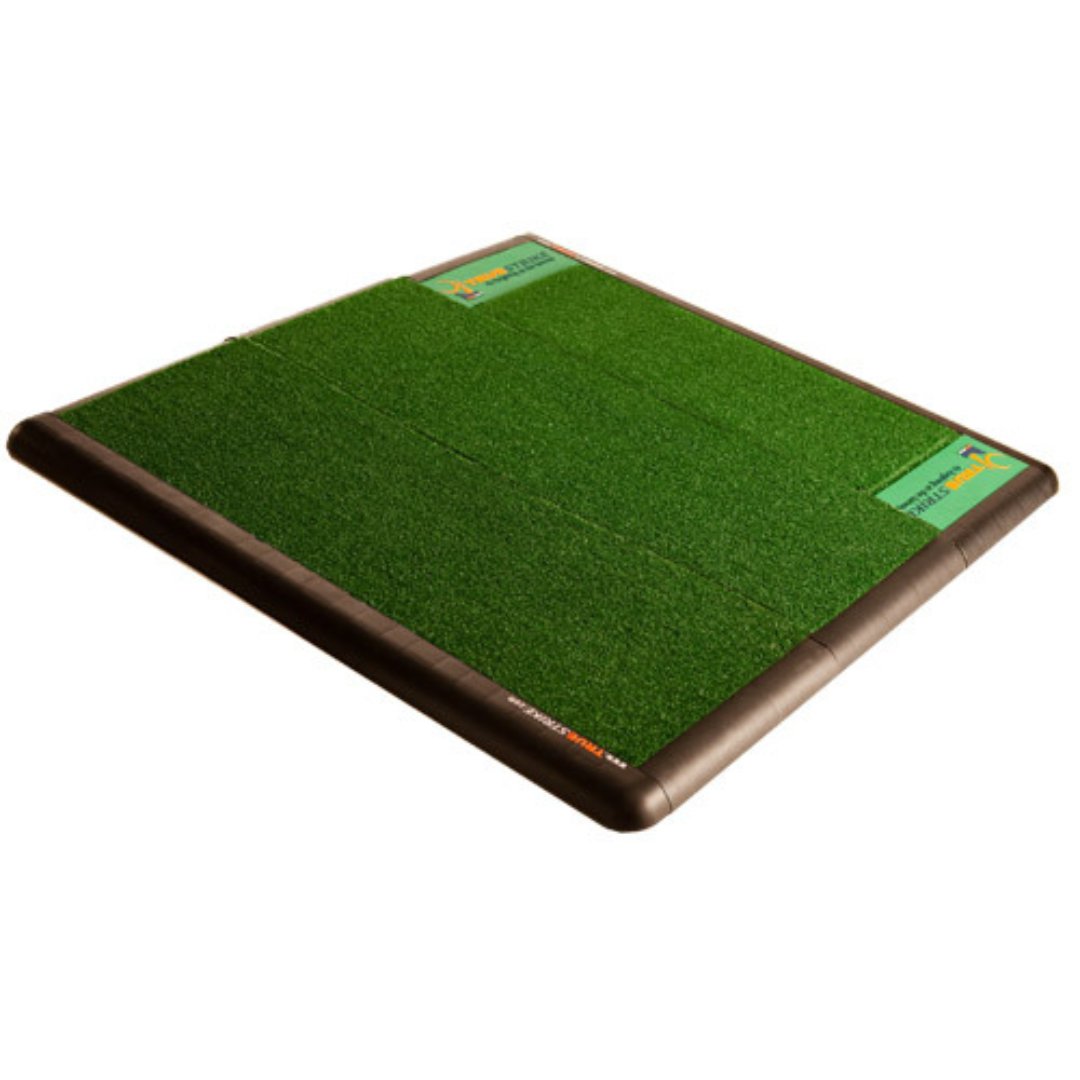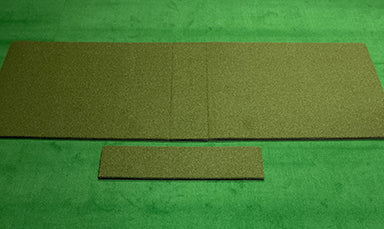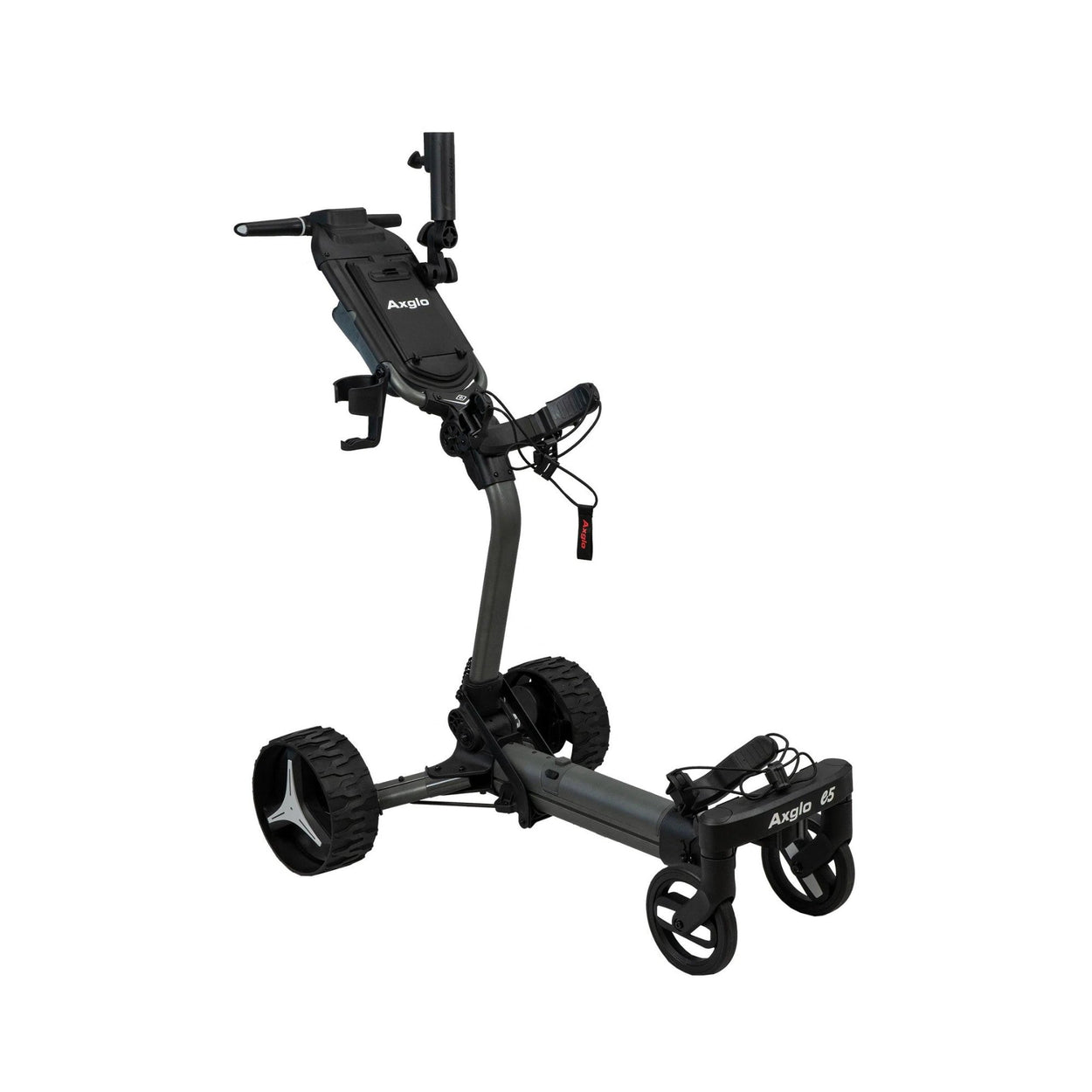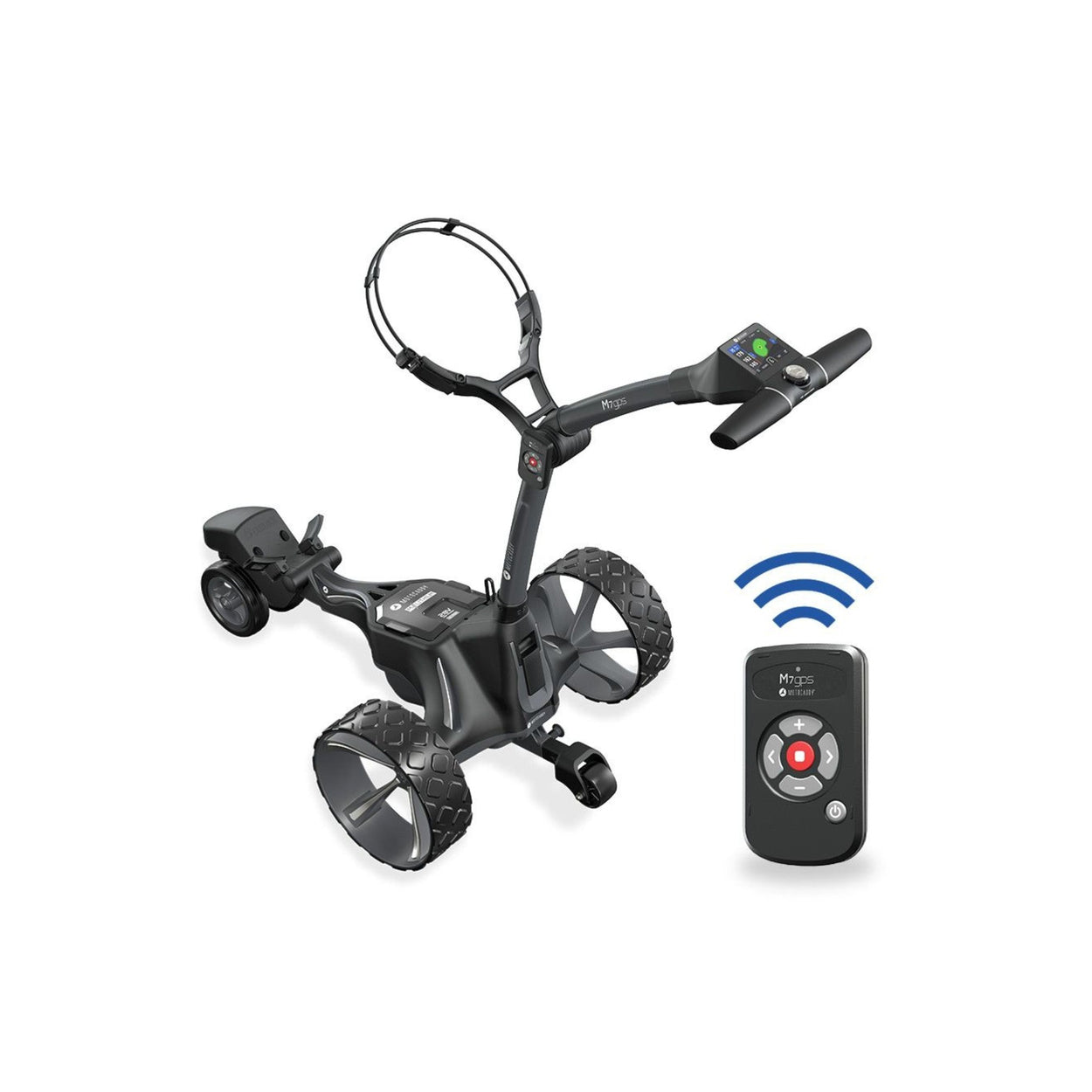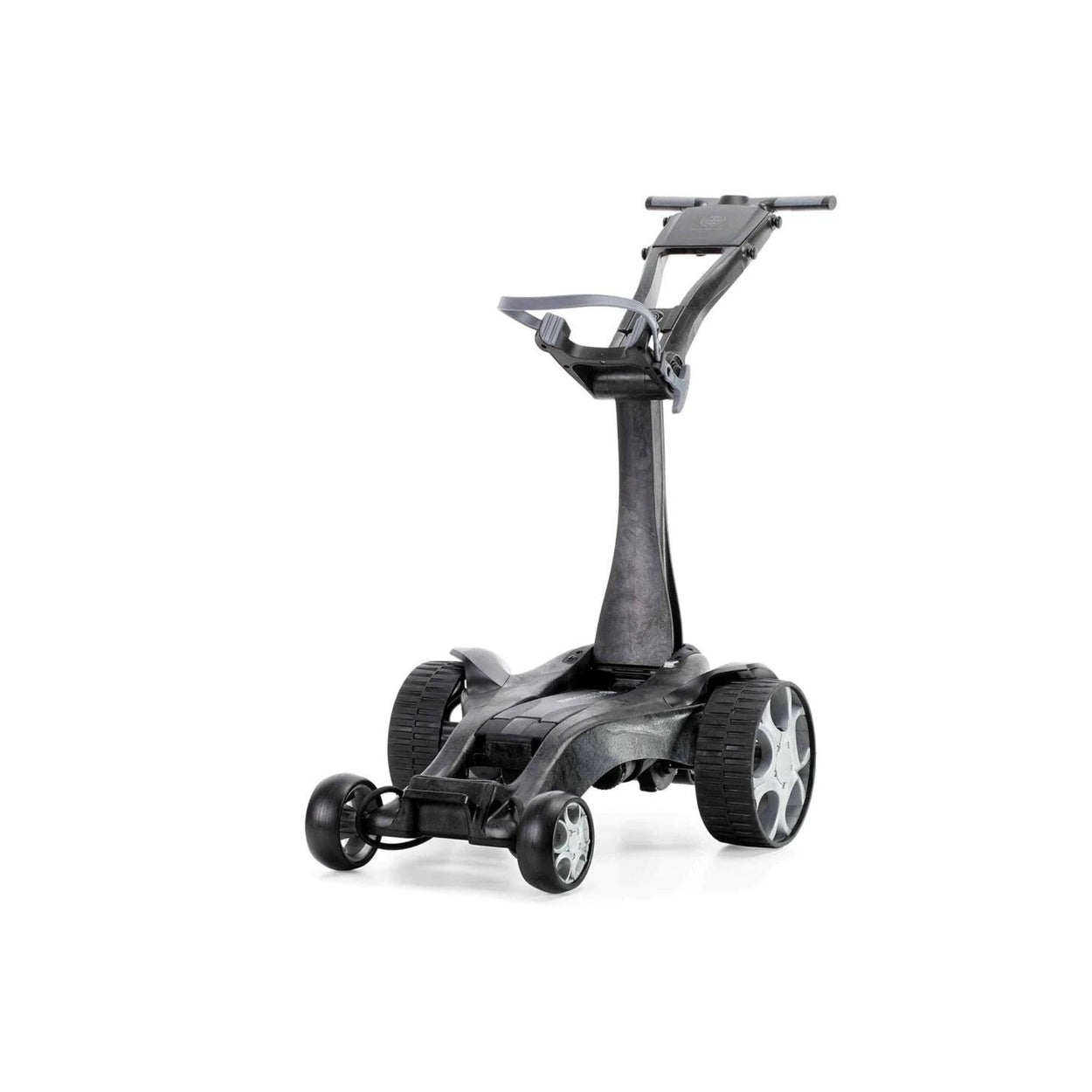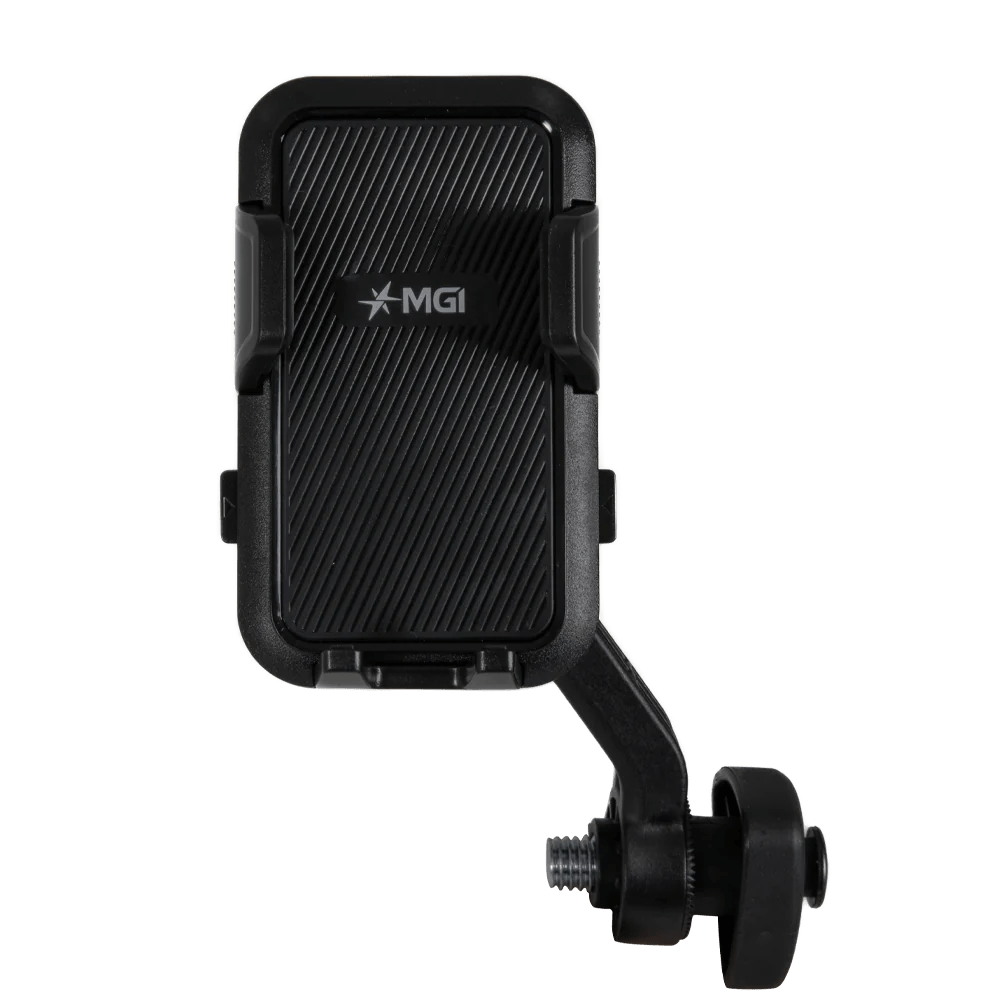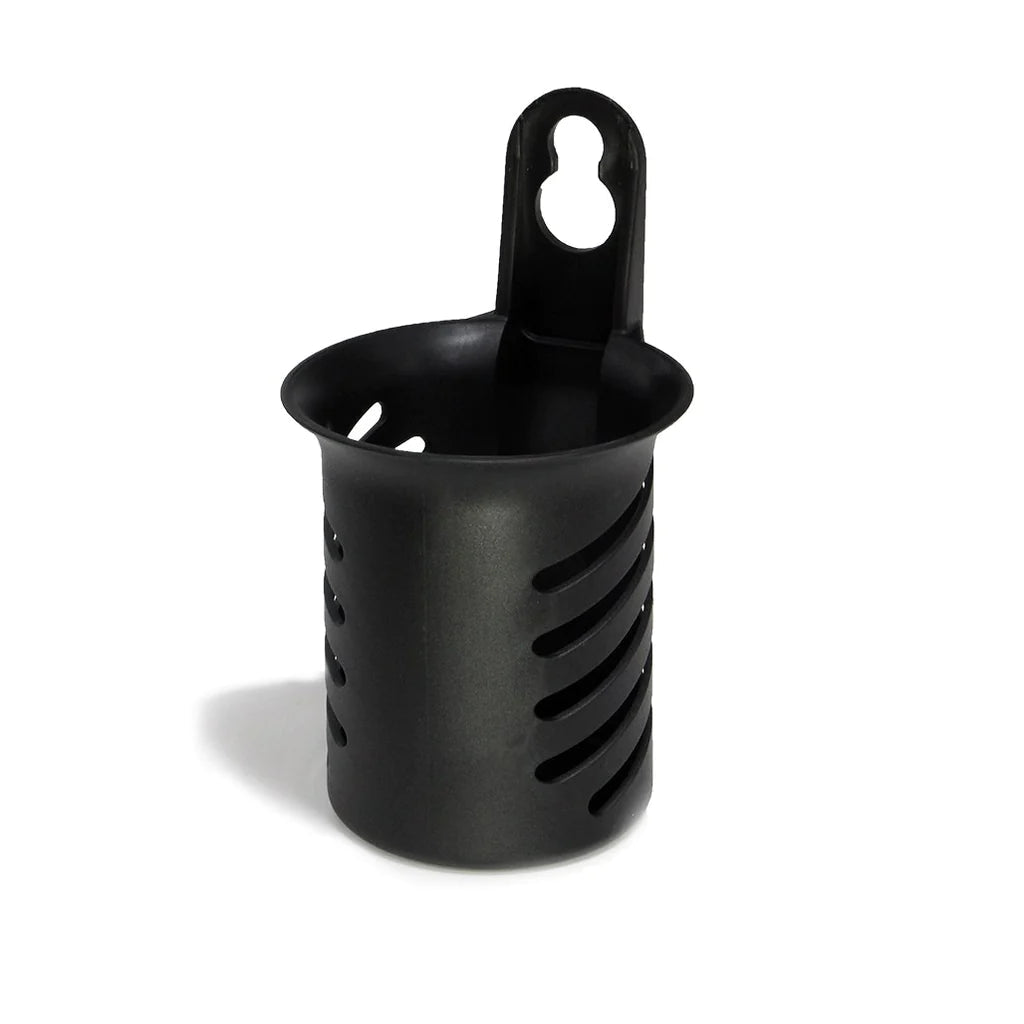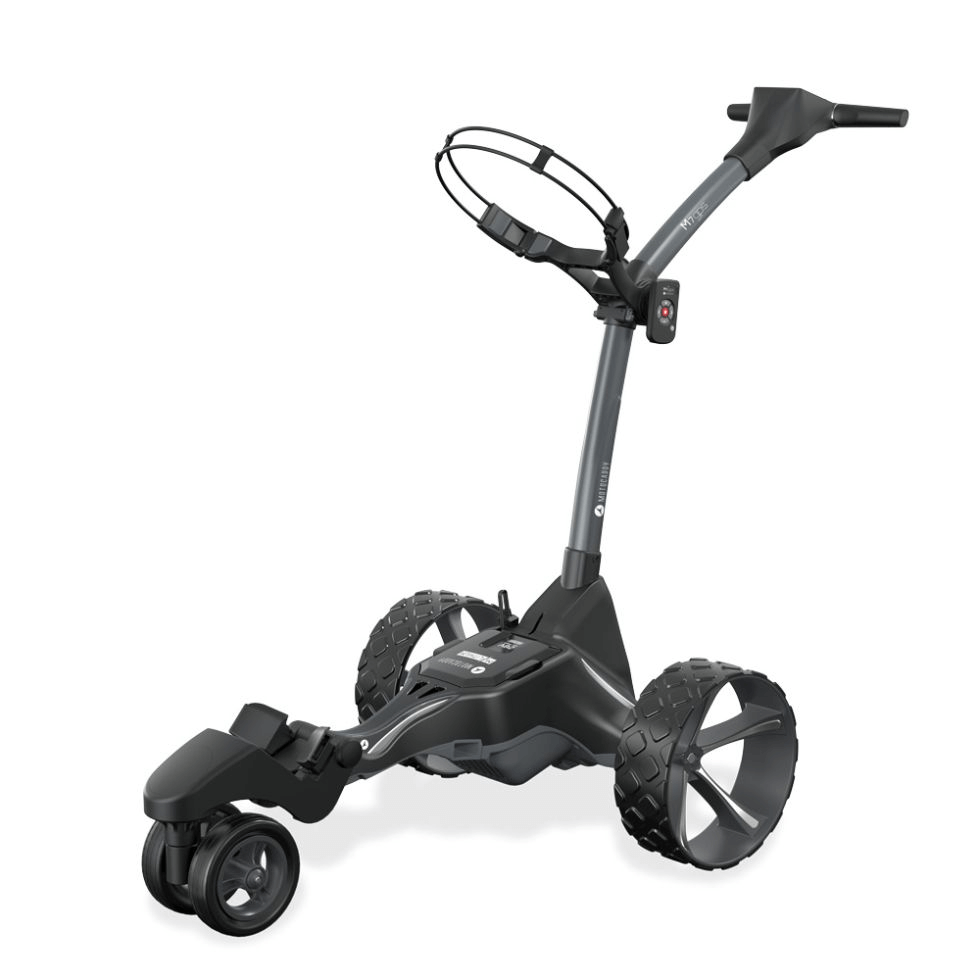Here are Big Horn Golfer we understand that golf impact screens are an essential component of any golf simulator setup, providing a realistic and immersive golfing experience right from the comfort of your home or business. This article aims to guide you through the process of choosing the right golf impact screen, understanding its importance, examining the different types available, and offering tips on installation and maintenance. Whether you're a golf enthusiast looking to enhance your indoor practice or a business owner aiming to provide top-notch golf simulation services, this comprehensive guide will equip you with the necessary knowledge to make an informed decision.
Understanding Golf Impact Screens
The world of golf was revolutionized with the introduction of golf simulators. These ingenious devices allow golfers to perfect their swing in any environment, without the unpredictability of outdoor elements. A crucial component of these indoor golf havens is the golf impact screen. It's essential to grasp the significance of golf impact screens and the factors that influence their performance to enhance your golf simulator experience.
Acting as the projection area, golf impact screens display your virtual golf course or driving range. But they're more than just a display - they're also the target for your golf balls. In a nutshell, they replicate the golf course, offering a realistic golfing experience indoors. The efficiency of a golf impact screen is determined by several factors, including the durability of the material, the quality of the projected image, and the screen's ability to accurately capture ball data.
With a plethora of options on the market and numerous variables to consider, finding the right golf impact screen can seem overwhelming. But fear not! This guide is designed to help you navigate the process of understanding, choosing, and maintaining the ideal golf impact screen for your simulator setup. Continue reading to delve deeper into the significance of impact screens in golf simulators and how to get the most out of your investment.
What are Golf Impact Screens?
Golf impact screens are a vital component of any golf simulator setup. They transform an indoor space into a virtual golf course by projecting golf course or driving range scenes. Just like in a real game of golf, you hit the ball onto this screen.
These screens are designed to withstand the impact of a golf ball hit at high speed. But they do more than just absorb force - they also relay accurate data back to the simulator device. This data includes information about the ball's trajectory, speed, angle, and point of impact. In other words, the screen doubles as both a simulation display and an interaction point that absorbs force.
Available in a variety of materials and requiring different installation methods, golf impact screens are an investment in your simulator setup and your skill development. They bridge the gap between the physical and virtual worlds to deliver the ultimate indoor golfing experience.
Grasping the Significance of Impact Screens in Golf Simulators
One cannot overlook the role of golf impact screens when it comes to creating an authentic simulation environment. They bring to life the golf courses, making the indoor golfing experience more engaging. Golf is not just about hitting the ball; it involves assessing the trajectory, gauging the distance, and considering every potential factor that could influence the shot. A top-notch impact screen can elevate this experience, offering a more immersive and realistic golfing scenario.
Moreover, golf impact screens are instrumental in helping golfers hone their skills. They record ball data upon impact, providing essential details about the shot, such as ball speed, trajectory, and impact angle. This data is then utilized by the simulation software to offer players valuable feedback on their performance. In essence, a high-quality golf impact screen not only withstands the force of your shots but also significantly contributes to skill enhancement.
Lastly, impact screens act as a protective barrier, absorbing the high-speed impacts of golf balls and preventing potential damage to walls or objects behind the screen. An excellent impact screen should exhibit high tear resistance, be built to endure repetitive play, and even muffle the sounds of the impacts to a certain degree.
Guidelines for Selecting an Appropriate Golf Impact Screen
Choosing the right golf impact screen can seem overwhelming given the plethora of options available, each claiming superiority. However, three key aspects should guide your decision: the screen's durability, the display quality, and the screen size relative to your available space.
Durability is paramount. Golf impact screens are subjected to repeated hits by golf balls, necessitating a robust build that can withstand this without deteriorating over time. Hence, attributes like high tear resistance and ball speed tolerance are crucial.
The display quality is another significant consideration. The screen is the canvas on which the simulation environment is projected, making clarity and color accuracy vital. The perfect golf impact screen should deliver a clear, sharp, and vivid display for an optimal realistic experience.
Finally, the size of your available space is a determining factor in choosing the screen size. A larger screen may not be feasible in a confined space, while a screen that's too small might compromise the immersive golfing experience. Therefore, finding the right balance between fitting your space and delivering an engaging golf simulation is critical.
Take the time to weigh these factors, evaluate your requirements, and select an impact screen that will boost your golf simulator's performance and longevity.
Durability of the Screen
Imagine a golf ball hurtling towards a screen at a speed of up to 200 mph, repeatedly. This is the reality for golf impact screens, making durability a paramount consideration. The longevity and resilience of these screens hinge on the quality of the materials used in their construction. They must be robust enough to withstand the constant pressure and abrasion from the golf balls.
Consider the tear resistance of the screen. The higher the resistance, the better equipped the screen is to fend off damage from sharp impacts. Another factor to consider is the 'stretch' factor. A screen that stretches excessively upon impact will weaken over time, losing its tautness and potentially sagging.
High-quality screens often feature strong, ballistic-grade materials with intricate weave patterns. This, coupled with a well-framed tension system, allows the screen to absorb the ball’s impact, quickly return to its original state, and maintain its durability. So, when you're in the market for a golf impact screen, pay attention to the quality of the fabric, its tear resistance, and its ability to withstand the repetitive ball impact without deforming.
Quality of Display
While durability is key, the quality of the display that a golf impact screen provides is equally important. The screen's primary role is to project the simulation environment, so its ability to display clear, vibrant, and realistic images is crucial to the overall golf simulation experience.
The quality of a display screen hinges on two factors: resolution and color representation. The screen should be capable of showcasing high-resolution imagery to provide sharp, detailed images of the golf course. This clarity contributes to a hyper-realistic environment, making the simulation more immersive and enjoyable.
Accurate color representation is also essential. It captures the full spectrum and nuances of the golf course, sky, trees, and even the ball. A good impact screen should present vibrant, true-to-life colors, adding depth and realism to the simulation. Golf is a sport rich in visual feedback, and anything less can compromise the quality of the simulation.
Thanks to technological advancements, manufacturers now offer seamless screens. This ensures a continuous and smooth image, meaning zero distortion or visual artifacts disrupting your gameplay. The result is a more authentic and engaging indoor golfing experience.
Understanding the Dimensions of Golf Impact Screens
When it comes to golf impact screens, size does matter. The dimensions of your screen should be determined by two main factors: the space available in your simulator setup and your desire for a realistic golfing experience. The larger the screen, the more immersive the simulation, but it's crucial to consider the constraints of your space.
A well-sized screen should occupy most of your field of vision from your usual playing position, enhancing the realism of the simulation. However, it's essential to leave enough room around the screen for safety, projector placement, and the swing zone. The height of your ceiling also plays a role in determining the vertical size of your screen.
If you're dealing with a smaller space, you'll need to be even more meticulous in your planning. A screen that's too large can complicate installation, distort projected images, and compromise safety.
Fortunately, many manufacturers offer screens in custom sizes, making it easier to find a screen that fits your space perfectly. The goal is to find a screen that fits comfortably within your space while still delivering a lifelike golfing experience.
Exploring Different Golf Impact Screen Options
There are several types of golf impact screens available, each with its own unique features and installation requirements. Understanding these differences can help you choose the screen that best suits your needs and preferences. The three main types of screens are Bungee Impact Screens, Floating Impact Screens, and Fixed Frame Impact Screens.
Bungee Impact Screens are a popular choice due to their durability. They're attached to the frame with a bungee cord system, which allows for tension adjustments. This feature helps the screen absorb the impact of the golf ball and quickly return to its original shape.
Floating Impact Screens offer a different aesthetic. They're designed to hang in the air, creating a unique look for your golf simulator setup. These screens are often paired with high-quality projection systems to deliver exceptional image quality.
Fixed Frame Impact Screens are mounted on a sturdy frame that doesn't allow for tension adjustments. This design prevents golf balls from bouncing back, providing a safe and practical solution for those who prioritize ball flight visualization.
Each type of screen has its pros and cons. By understanding these, you can make an informed decision about which screen is the best fit for your golf simulator setup.
Bungee Impact Screens: A Closer Look
When it comes to golf impact screens, Bungee Impact Screens are a standout choice. These screens, which are secured to their frames using a bungee cord system, are highly regarded for their durability and top-notch display quality, making them a favorite in many golf simulator setups.
The bungee cord system is not just a unique feature but also a functional one. It enables the screen to absorb the golf ball's impact, thus reducing the vibration and stress on the screen's fabric. This feature enhances the screen's longevity and durability. Plus, the bungee cords' elasticity ensures the screen quickly returns to its original shape after each hit, preserving the tautness and image quality.
Bungee Impact Screens are also versatile when it comes to installation. The bungee cord system allows for adjustments to achieve the right tension for different setups, ensuring a smooth, high-resolution display. Additionally, the bungee system helps mitigate the risk of ball rebound, enhancing safety.
However, keep in mind that while Bungee Impact Screens are durable and functional, the tension in the cords may require occasional adjustment or replacement. Therefore, it's wise to familiarize yourself with the manufacturer's care and maintenance instructions when choosing this type of screen.
Floating Impact Screens: An Innovative Option
Floating Impact Screens provide a unique aesthetic and display quality that sets them apart. These screens appear to 'float' in the air, offering a visually captivating setup that can be a real draw for golfers seeking something different.
These screens are typically hung from the ceiling or another high anchor point, and they may not require a ground connection. They are designed to absorb the golf ball's impact and minimize rebounds. Their design also allows for a certain amount of give on impact, which can help extend the screen's lifespan.
The display quality of Floating Impact Screens is typically top-notch, thanks to the high-quality, seamless materials used. These screens facilitate high-resolution displays and accurate color representation, enhancing the immersive nature of your golf simulator experience.
However, installing these screens can be more complex due to the suspension system required. It's also crucial to consider the height requirement. Additionally, since they are suspended, these screens may need more frequent adjustments to maintain the necessary tension for optimal performance and display quality.
Delving into Fixed Frame Impact Screens
When it comes to golf simulators, Fixed Frame Impact Screens are a popular choice. As the name suggests, these screens are securely attached to a sturdy, immovable frame. This setup comes with its own set of unique benefits.
One of the standout advantages of Fixed Frame Impact Screens is their ability to significantly reduce ball rebound. Unlike bungee or floating screens, these screens don't flex back, eliminating the risk of a golf ball bouncing back into your play area and increasing safety.
Additionally, these screens are known for their superior image clarity. The rigid structure ensures a perfectly flat surface for projection, providing undistorted, high-resolution images. If you prioritize image quality and realism, this could be the perfect fit for you.
However, it's important to note that these screens absorb less impact due to their lack of flexibility, which could potentially impact their longevity. Therefore, selecting a high-quality screen, specifically designed to withstand the force of a golf ball, is essential.
When it comes to installation, Fixed Frame Impact Screens are relatively straightforward due to their uncomplicated design. However, they do occupy a fixed space, so careful planning of your simulator room is necessary, especially if the room will serve multiple purposes.
Installation and Upkeep of Golf Impact Screens
Proper installation and maintenance are key to the lifespan and performance of your golf simulator. A well-set-up screen guarantees optimal tension and image quality, and also enhances safety. Regular maintenance, on the other hand, can significantly extend the life of your impact screen and ensure its consistent performance.
Installation of golf impact screens requires precision, the right tools, and accurate measurements. Each screen type has a unique installation process. For instance, bungee and fixed frame screens need secure attachment to the frame, while floating screens require an appropriate suspension system. The room's layout, particularly lighting and space, must also be considered during installation to avoid shadows or distortions on the screen.
When it comes to maintenance, regular checks for wear and tear, timely repairs, and replacements when needed are crucial. Keeping the screen clean also ensures optimal image projection. No matter which screen type you opt for, proper and regular maintenance can enhance your golfing experience.
While some golf enthusiasts may prefer to handle the installation and maintenance themselves, others opt for professional services for setup and routine checks. In the following sections, we'll provide tips for installing golf impact screens and best practices for their upkeep to ensure a long-lasting, high-quality golf simulation experience.
Installation Tips for Golf Impact Screens
Setting up your golf impact screen correctly is crucial for its optimal performance and longevity. Here are some key pointers to consider during the installation process:
Start by taking accurate measurements of your golf simulator setup, including the room dimensions, the planned location of the screen, and the necessary clearance for safety and quality projection. A screen that's too big or too small can lead to image distortion and premature wear and tear due to improper tensioning.
Next, pay attention to the mounting process. If you're installing a bungee or fixed frame screen, ensure it's evenly tensioned across the frame. For a floating screen, check that the suspension points are sturdy and that the screen is taut enough to prevent swinging upon ball impact.
If DIY isn't your strong suit, consider hiring a professional installer. They can set up your screen efficiently and securely, adhering to the exact specifications required. This could save you from future maintenance hassles and unnecessary adjustments.
Don't forget about the projector's positioning. For optimal image quality, the screen should be perpendicular to the projector's lens and ideally centered.
While it may seem like a lot of work upfront, a well-planned and precise installation can lead to a more realistic, satisfying, and long-lasting golf simulator experience.
Maintaining Your Golf Impact Screen
After your golf impact screen is in place and your simulator is operational, it's essential to keep up with regular maintenance. This can prolong the life of your screen, preserve its image quality, and prevent minor issues from escalating. Here's how to maintain your golf impact screen effectively:
Start with frequent visual inspections. Keep an eye out for signs of wear and tear, such as loose threads, small holes, or fraying, particularly in the area where the golf balls frequently hit. Spotting these issues early could mean a simple repair instead of a more expensive screen replacement later on.
Ensure your golf balls are clean before hitting them into the screen. Dirt and grime can leave stains on the screen, affecting the quality of the projected image. If you spot a stain, clean it gently as per the manufacturer's guidelines. Most screens can be cleaned with a mild detergent and warm water.
Periodically check and adjust the tension of your screen. Screens can stretch and sag over time, especially bungee and floating screens. Maintaining the right tension can prevent wrinkles and distorted images, and also extend the screen's lifespan.
Lastly, remember to respect the screen's capacity. Hitting the ball harder than necessary can cause undue wear and tear and potentially compromise the safety of your setup. Always adhere to the manufacturer's guidelines regarding the screen's usage.
In summary, regular maintenance of your golf impact screen is a straightforward but vital step in ensuring its durability and enhancing your overall golf simulator experience.
Addressing Common Questions about Golf Impact Screens
With a plethora of golf impact screens available, it's no surprise that choosing the right one can be a daunting task. It's common to have questions about these essential elements of golf simulators. Over time, we've noticed a pattern in the queries posed by our clients and golf enthusiasts alike. In this section, we'll tackle these frequently asked questions to help clear any confusion you may have.
One of the main concerns revolves around the screen material. Many wonder if it's possible to use any fabric as a golf impact screen. While it's true that a golf ball can strike many materials, the actual scenario is a bit more nuanced. Certain materials are specifically designed to endure repeated impacts, deliver a high-quality display, and minimize the risk of dangerous rebounds.
Another frequently asked question pertains to the lifespan of these screens and when it's time to replace them. Although golf impact screens are designed to be sturdy, they are not immune to wear and tear. At some point, replacement will be necessary.
In the following subsections, we'll delve deeper into these two key areas: the material used for golf impact screens and their average lifespan. Understanding these factors will empower you to make an informed decision when setting up your golf simulator.
Screen Material: Can Any Fabric be Used?
One of the first questions that novice golf simulator users often ask is whether they can use any fabric for an impact screen. In theory, any fabric could serve as an impact screen. However, not all fabrics are created equal, and some are far more suitable for this specific use than others.
The perfect golf impact screen fabric should have certain characteristics. It should be durable enough to endure repeated golf ball impacts without tearing. It should also offer a high-quality display for the golf course projections, ensuring clear, undistorted images. Lastly, the fabric should be designed to absorb impact, reducing the risk of dangerous rebounds.
Many golf simulator companies prefer materials like polyester or a blend of polyester with other materials due to their resilience and elasticity. These materials may be woven in patterns that enhance their durability and minimize bounce back. Some fabrics may also have special weaves or coatings to improve the quality of the projected images.
Choosing the right impact screen material is not just about durability, but also about enhancing your golfing experience. The more realistic your golf simulator, the more enjoyable your practice sessions will be. Hence, it's advisable to invest in screens specifically engineered for golf simulators to achieve the best results.
When Should You Replace Your Golf Impact Screen?
Understanding when to replace your golf impact screen can be a bit tricky. While it's true that no golf impact screen will last indefinitely, knowing the exact time to replace it isn't always clear cut. The wear and tear from repeated golf ball impacts will eventually degrade the screen's material, impacting its performance and safety. But when exactly should you consider a replacement?
The lifespan of a golf impact screen can be influenced by various factors. These can range from how often and how intensely it's used, to the tension maintained on the screen, the quality of golf balls used, and even how well it's cared for and maintained. As such, the screen's lifespan can vary significantly, lasting just a few years for some, while serving others well for many years.
However, there are telltale signs that your golf impact screen is due for a replacement. If you find yourself frequently adjusting the screen's tension due to sagging, or if you notice visible wear and tear like fraying or small holes, it's probably time to get a new one. Similarly, if the quality of the projected image is compromised due to stains or aging signs, a replacement might be in order.
Keep in mind that maintaining your golf impact screen isn't just about ensuring consistent performance. It's also about safety. By staying vigilant for these signs and replacing your screen when needed, you can keep your golf simulator in top-notch condition, providing you with the most realistic and enjoyable at-home golfing experience.
1. What is a Golf Impact Screen?
A Golf Impact Screen provides golfer with a realistic and accurate depiction of the golfing terrain in a simulator setup. It is designed to handle the impact of golf balls at high speeds.
2. What factors should I consider when purchasing a Golf Impact Screen?
Important factors to consider include durability, resolution quality for a realistic experience, size to match the surrounding space, and pricing. Additionally, look for features such as noise absorption and smooth image appearance.
3. How important is the size of the Golf Impact Screen?
Size of Golf Impact Screen matters significantly. A larger screen provides a wider view and enhanced playing experience. However, ensure the screen size fits appropriately within the indoor golf simulator room.
4. How does the durability of the Impact Screen Influence my choice?
A highly durable Impact Screen is essential as it needs to withstand repeated high-speed impacts from golf balls. Screens made from high-quality, robust materials offer better durability and longer life.
5. What role does resolution quality play in a Golf Impact Screen?
Resolution quality plays a crucial part in providing a realistic golf simulation experience. Higher resolution screens offer clearer, more detailed scenery and ball flight paths.
6. Do Golf Impact Screens require any specific maintenance procedures?
No extensive maintenance is necessary for Golf Impact Screens. However, regular gentle cleaning with the proper materials will keep the screen in good shape, prevent any damage and ensure an optimal playing experience.





